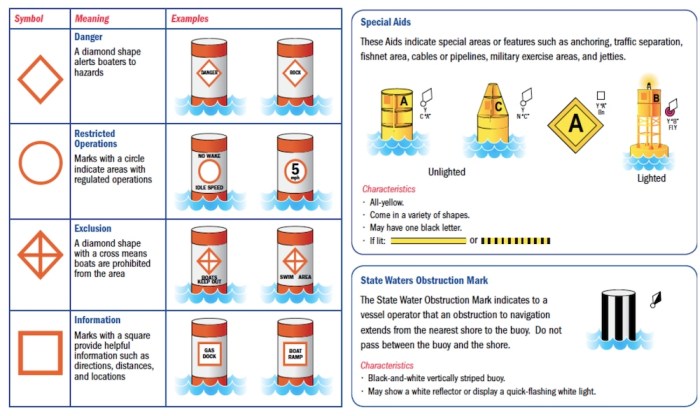Boating hazard around river bridges – Navigating river bridges while boating presents unique challenges and hazards that demand careful attention. This article delves into the intricate relationship between bridge design, water conditions, boating behavior, and emergency preparedness, providing a comprehensive understanding of the risks involved and strategies for safe passage.
Boating Hazards Around River Bridges: Boating Hazard Around River Bridges

Boating around river bridges poses unique hazards that require boaters to be aware of and prepared for. Understanding the factors that contribute to these hazards is crucial for safe navigation.
Bridge Design and Structure
The design and structure of bridges significantly impact boating hazards. Bridges with low clearance, narrow spans, or sharp curves create restricted passageways that can be difficult to navigate.
- Low Clearance:Bridges with insufficient vertical clearance can pose a collision risk for taller boats or vessels with high masts.
- Narrow Spans:Bridges with narrow spans can limit the maneuvering space for boats, especially during high traffic or crosswinds.
- Sharp Curves:Bridges with sharp curves can create blind spots and make it difficult for boaters to anticipate oncoming traffic or obstacles.
Bridge construction materials also play a role in boating safety. Concrete bridges, for example, can be more difficult to see in low-visibility conditions than steel bridges.
Water Conditions and Visibility, Boating hazard around river bridges
Water conditions and visibility significantly influence boating hazards around bridges. Fast-flowing currents can make it difficult to control boats, while shallow water can create underwater obstacles.
- Water Flow and Current:Strong currents can push boats towards bridge supports or other hazards. Boat operators must be aware of the direction and strength of currents.
- Depth:Shallow water can create sandbars or other underwater obstacles that can damage boats or cause grounding.
- Visibility:Fog, rain, or darkness can reduce visibility, making it difficult for boaters to see bridge hazards.
Weather conditions can also contribute to boating hazards around bridges. High winds can create waves that can make it difficult to navigate, while storms can produce debris that can obstruct passageways.
Question & Answer Hub
What are the primary factors that contribute to boating hazards around river bridges?
Bridge design, water flow, visibility, boat traffic, and boater behavior are key factors that influence the safety of boating around river bridges.
How can boaters enhance their visibility when navigating near bridges?
Using navigation lights, wearing bright clothing, and maintaining a lookout for other vessels can improve visibility and reduce the risk of collisions.
What are the recommended actions for boaters in the event of an emergency near a bridge?
Stay calm, contact emergency services immediately, and follow instructions from the Coast Guard or local authorities.

